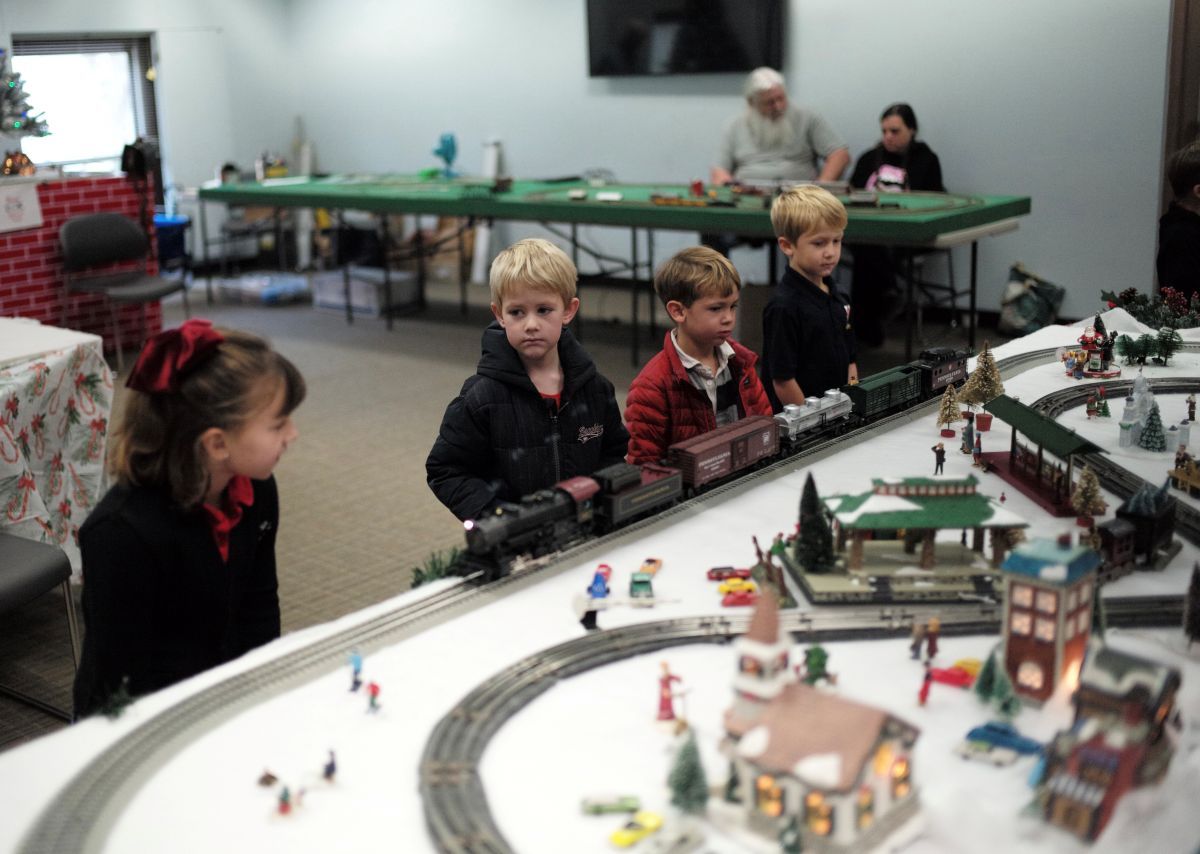By State Farm™ agents
No one can control where or when a natural disaster might occur. But good emergency planning can help reduce a disaster’s impact on your family’s health and safety. Use the information below to help create a disaster preparedness plan for your family.
Stay Informed
A key part of disaster preparedness is knowing where to find the best, most current information. For immediate needs, keep a battery-powered AM/FM radio or National Oceanic and Atmospheric Administration (NOAA) Weather Radio receiver in your home. When hazardous conditions occur, tune in for the latest information and instructions.
It’s also a good idea to learn more about emergency programs in your community. The Department of Homeland Security and the Federal Emergency Management Agency (FEMA) can direct you to national and state programs. Contact your local police or fire department to find out about programs in your immediate area.
For longer-term planning, the Federal Alliance of Safe Homes (FLASH) is a good place to start. There you can learn about the most likely disaster risks in your state, and ways to safeguard your home against them.
Make A Disaster Survival Kit
During a disaster, your family should be prepared to survive for several days without access to food, water, and other essentials. Create a family disaster survival kit, and keep it in an easily accessible location in your home. Your kit should include the items below in amounts to last each family member for three days:
• Drinking water in nonbreakable containers;
• Nonperishable food and related utensils, such as a can opener;
• First-aid kit, including necessary prescription medications;
• Portable radio and flashlight, including replacement batteries;
• Tool kit;
• Maps;
• Cell phone with charger;
• Extra clothing;
• Blankets or sleeping bags;
• Your insurance policy numbers;
• Pet supplies, if necessary.
It’s also a good idea to create a complete inventory of your possessions and keep it in a bank safe deposit box or other safe place away from your home.
Create An Evacuation Plan
Thinking ahead about how to evacuate your home and community safely can save valuable time during an emergency. For a home evacuation plan, determine the best escape routes from your dwelling and choose a meeting place nearby. Hold drills periodically and update the plan as family members’ needs and abilities change.
To prepare for a community evacuation, designate an out-of-town point of contact for family members to call if they become separated. Then, record emergency contacts and other important information on wallet cards from Ready.gov.
Community evacuations may be voluntary or involuntary, depending on the situation. When an evacuation order is given, leave immediately in accordance with official instructions. To prepare for a voluntary evacuation, plan routes ahead of time, taking into consideration traffic patterns and possible hazards, such as impassable bridges. When conditions become threatening, collect all family members in a single location and fill up your vehicle’s gas tank. Remember to keep your emergency kit close by, including maps, in case you need to leave quickly.






